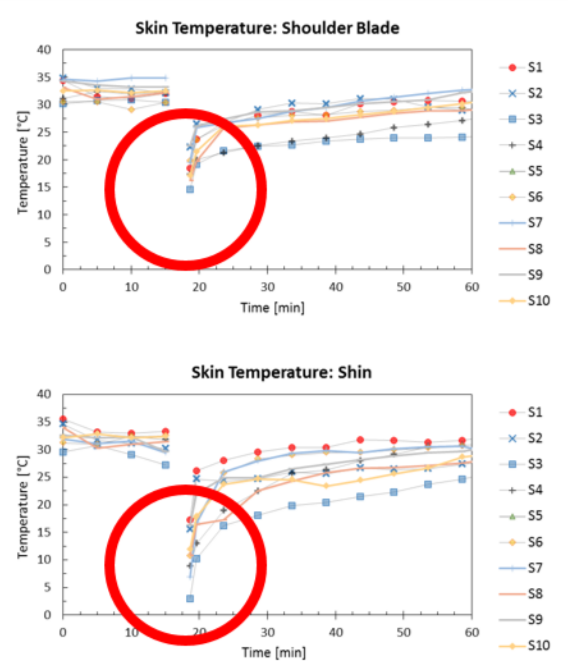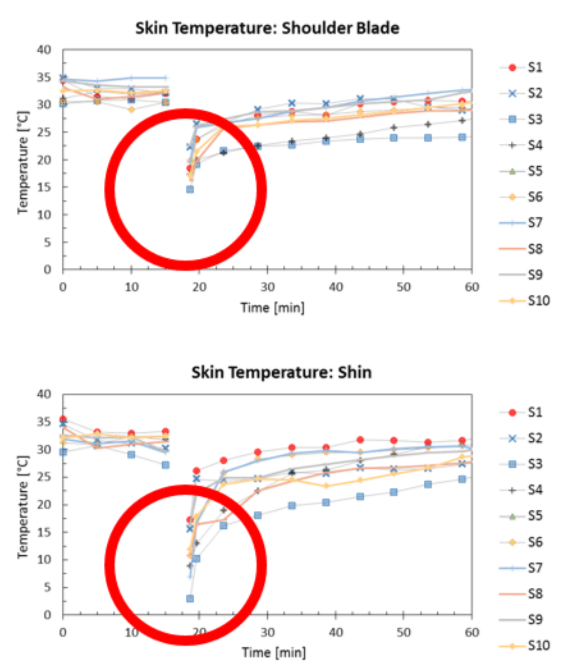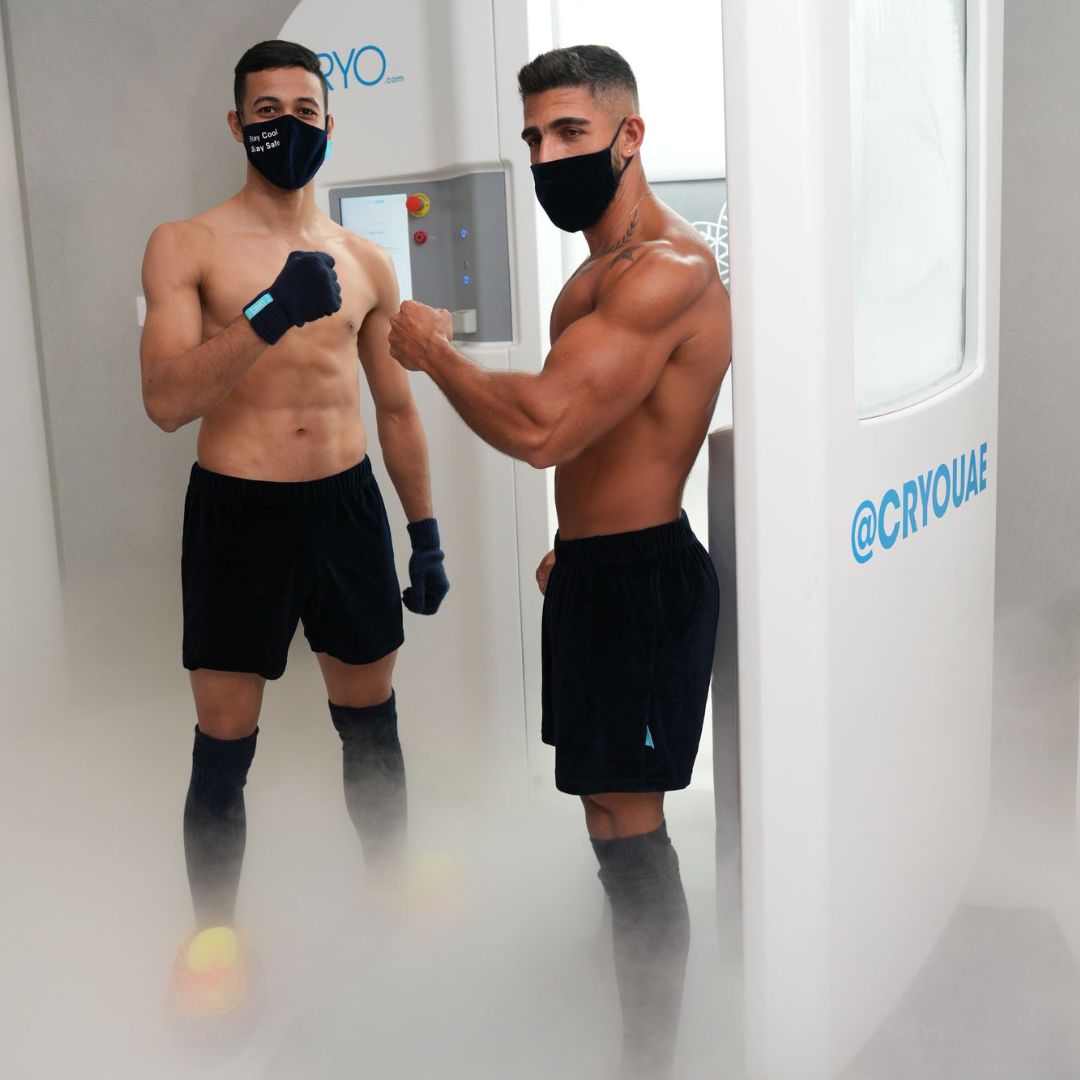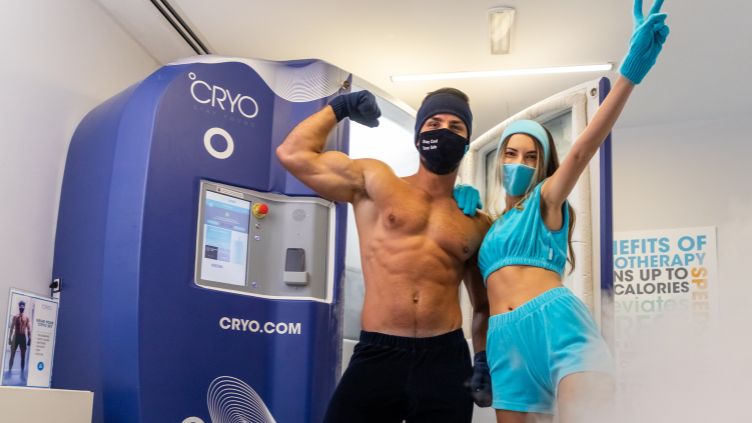The essence of safety with exposure to whole Body cryotherapy
Recently, two players of Missouri State Bears Basketball team were sidelined for a game after developing blisters on their feet following a whole body cryotherapy (WBC) session. The incident became national news and openly questioned the safety and legitimacy of WBC.

WBC is associated with freezing temperatures (ranging between -90°C/ -130F and -190°C/ -310F), potentially affecting the health of the client. Bleakley and colleagues 1 found no evidence of adverse effects in the literature concerning WBC. Selfe and colleagues 2 did report an adverse event; a mild superficial skin burn of a Samoan player that did not indicate his cold intolerance before exposure. Moreover, recently a case was reported by Carrard et al 3 concerning a presentation of transient global amnesia in a 63-old male.
The current literature lacks in addressing the potential for other harm. The harm potential could be fatal if inadequate safety measures are not recognized (both for the treatment and the equipment). Over exposition to WBC might lead to hypothermia, cold burn (skin damage), hypertension, discomfort, reduction in nerve conduction and reduced peripheral blood flow in fingers and toes. Reasons why the US Food and Drugs Administration (FDA) has not cleared or approved any of the devices for medical treatment of any specific medical condition and advice to first contact your doctor before trying. 4
WBC has its main direct effect on skin temperature. Directed by the impact on the skin and the signaling of severe cold by the body, systemic reactions occur resulting in different physiological responses. Concerning safety, local skin temperatures should not drop below 4°C, and skin surface has been reported to freeze from -3,7°C to -4,8°C. Rarely, local skin temperatures during and following WBC do reach skin temperature below this 4°C range (see figure 1).

(figure 1: non-published experimental data illustrating drops in skin temperature below the safe range)
A recently published overview 5 illustrates that both skin- and core temperatures stay in the safe range, even after the most intense treatment protocols.
Based on literature and experts views, one should consider the following factors to prescribe the safest solution to your clients:
- Age, skin type and body composition of the individual; individual characteristics, like body composition, have a significant effect on skin temperature after WBC. 6,7
- Absolute and relative contra-indications in relation the WBC exposure: absolute and relative contra-indications should be excluded together with all precautions that must be met every time a patient undergoes a WBC session. 8
- Used treatment duration- & treatment temperature of exposure: a longer protocol with the same temperature shows more significant drops in skin- and core temperature. 2
Technology used (partial body cryotherapy (PBC)/ WBC, wind speed and direct exposure to nitrogen gas): PBC technology is based on direct contact between the patient and the nitrogen 5. Cold is created by evaporating liquid nitrogen and then exposing the body of the patient in the tank to the cold gas. The clients head must be out of the tank to prevent breathing nitrogen (e.g., asphyxia) and the client should be correctly supervised. 9 New technologies are developed where the nitrogen is used to cool down air, making it possible to expose the client to the same operating temperatures while only being exposed to normal breathable air. Information on the exact temperatures during exposure is often lacking, which has an impact in controlling safety and physiological responses. Considerations must also be made for the installation location regarding ventilation and monitoring.
ProCcare (www.proccare.com) is a company with its expertise in applying cryotherapy in the field by bringing science into practice. Supporting local cryo, water immersion and whole body cryotherapy with accredited educational programs and customized software solutions.
°CRYO and ProCcare recently joined forces to bring the application of both local and whole cryotherapy to the next level. Every month ProCcare will publish a blog on the www.cryo.com platform to bridge the gap between science and practice.
References
- Bleakley, C. M., Bieuzen, F., Davison, G. W. & Costello, J. T. Whole-body cryotherapy: empirical evidence and theoretical perspectives. Open Access J Sports Med 5, 25–36 (2014).
- Selfe, J. et al. The effect of three different (-135°C) whole body cryotherapy exposure durations on elite rugby league players. PLoS ONE 9, e86420 (2014).
- Carrard, J., Lambert, A. C. & Genné, D. Transient global amnesia following a whole-body cryotherapy session. BMJ Case Rep 2017, (2017).
- Commissioner, O. of the. Consumer Updates – Whole Body Cryotherapy (WBC): A. Available at: https://www.fda.gov/ForConsumers/ConsumerUpdates/ucm508739 (Accessed: 24th April 2018)
- Bouzigon, R., Grappe, F., Ravier, G. & Dugue, B. Whole- and partial-body cryostimulation/cryotherapy: Current technologies and practical applications. J. Therm. Biol. 61, 67–81 (2016).
- Cuttell, S., Hammond, L. E., Langdon, D. & Costello, J. T. Individualising the exposure of -110C whole body cryotherapy: The effects of sex and body composition. Journal of Thermal Biology 1879, (2017).
- Hammond, L. E., Cuttell, S., Nunley, P. & Meyler, J. Anthropometric characteristics and sex influence magnitude of skin cooling following exposure to whole body cryotherapy. Biomed Res Int 2014, 628724 (2014).
- Joch, W. et al. Consensus_Declaration_on_Whole_Body_Cryotherapy.
- Costello, J. T., Culligan, K., Selfe, J. & Donnelly, A. E. Muscle, skin and core temperature after -110°c cold air and 8°c water treatment. PLoS ONE 7, e48190 (2012).




